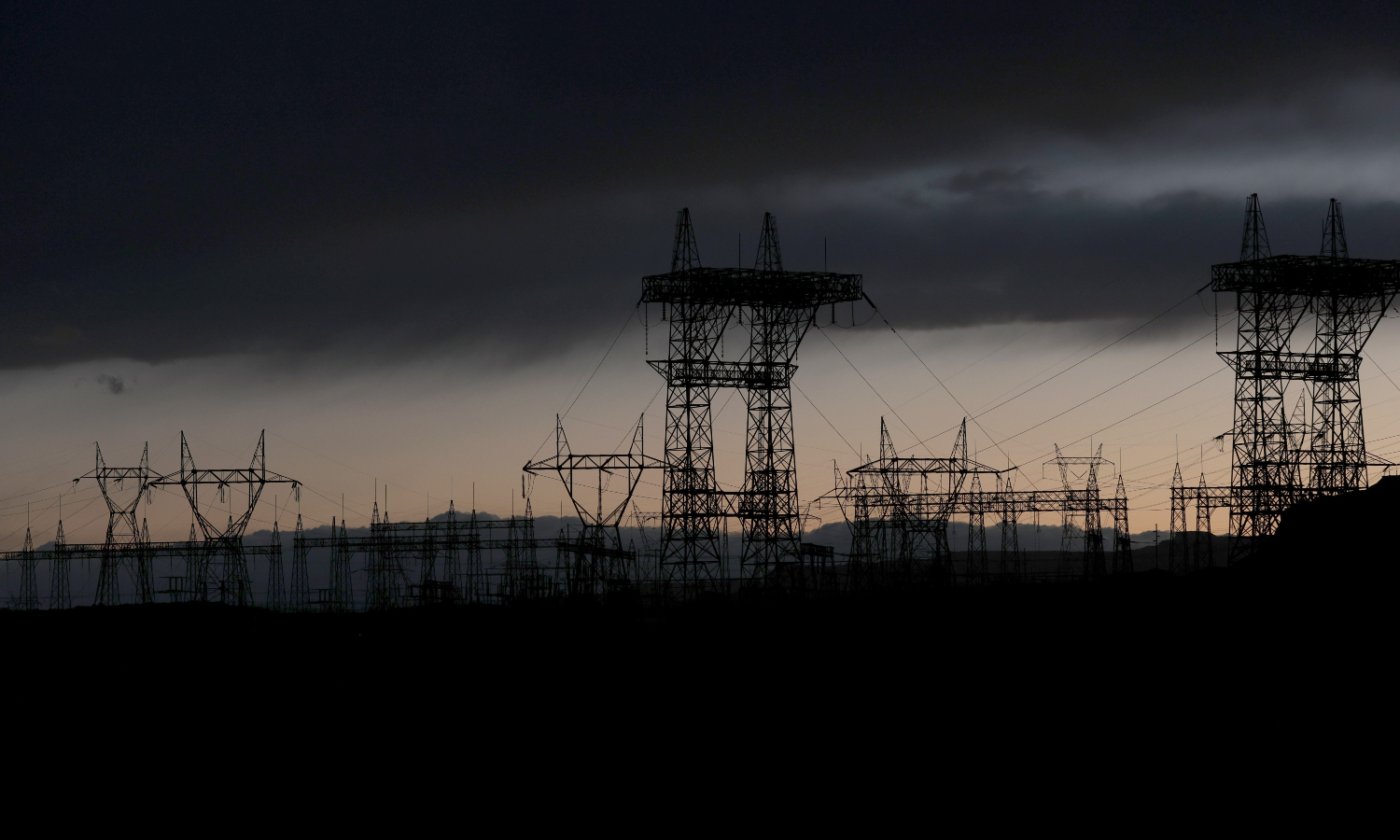h2ofun
Active Member
Logically, I do not believe PGE can see, or control, anything behind the panel? But it seems, if I send solar back to PGE, that when I reuse it,I don't understand this myself but I found this description of how it works in NEM 2 which may help. Not sure about the details (in flux) for NEM 3.
(A worrying part is the "including the electrons generated by the customer’s rooftop solar array and delivered directly to their own homes" part.)

UPDATED — The ultimate guide to NEM 2.0: non-bypassable charges explained
The Net Billing Tariff, NEM 3.0, has gone into effect. This post reviews non-bypassable charges and highlights further NEM 3.0 resources.www.aurorasolar.com
Non-bypassable charges (NBCs) are just components of the total electric rate, which are separated under NEM 2.0. If you look through a utility rate schedule such as PG&E’s TOU-A, you will see the total electric rate broken down into a number of different types of charges, as follows:
Table 1: Partial list of the unbundled rate components that make up the total electric rate. Source: PG&E Electric Schedule E-TOU Option A – Summer Peak Rate, Effective March 1 2017
Generation $0.18232 / kWh Distribution $0.10183 / kWh Transmission $0.02536 / kWh Public Purpose Programs* $0.01501 / kWh Nuclear Decommissioning* $0.00149 / kWh Competition Transition Charges* $0.00130 / kWh DWR Bond* $0.00549 / kWh Total Electricity Rate $0.39336 / kWh
There are a few more small line items and the table above is for illustrative purposes. The items marked with a (*) are components of NBCs, and total $0.023/kWh for the current utility rate. The other components of the rate are energy charges.
How are NBCs billed?
For an NEM 2.0 customer, energy charges and NBCs are tabulated separately. When they buy from the grid, they are billed at the energy rate plus the NBC rate, but when they export to the grid they are compensated at only the energy rate. For residential NEM 2.0 customers, NBCs are assessed on the hourly net energy consumption.
this new costs might be higher? If so, and NO fixed cost per month per kw panel sizes, I sure will be happy. And if so, then seems batteries will make a lot more sense?



